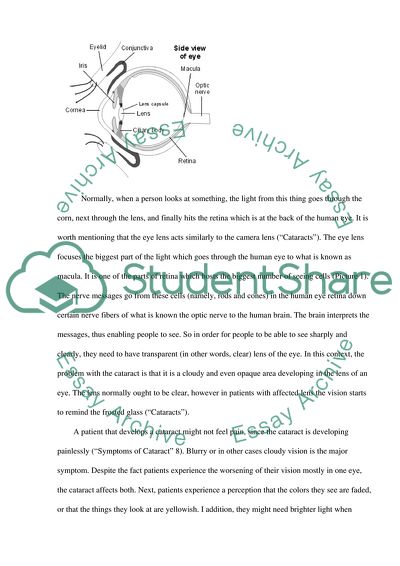Not Found (#404) - StudentShare. https://studentshare.org/medical-science/1769518-biotechnology-in-the-treatment-of-sensorineural-hearing-loss
Not Found (#404) - StudentShare. https://studentshare.org/medical-science/1769518-biotechnology-in-the-treatment-of-sensorineural-hearing-loss.


